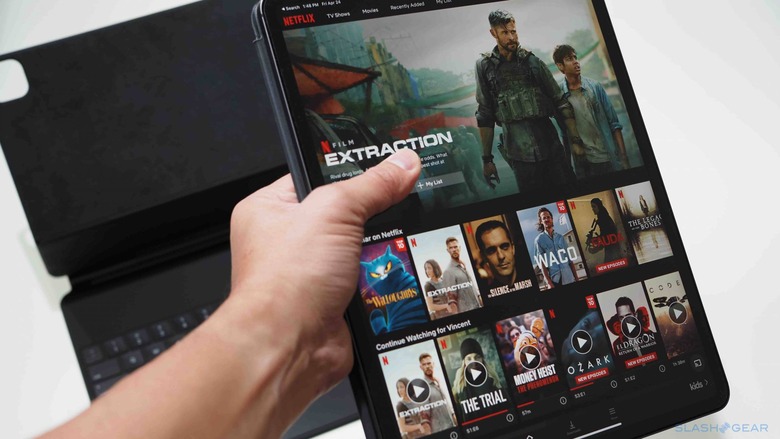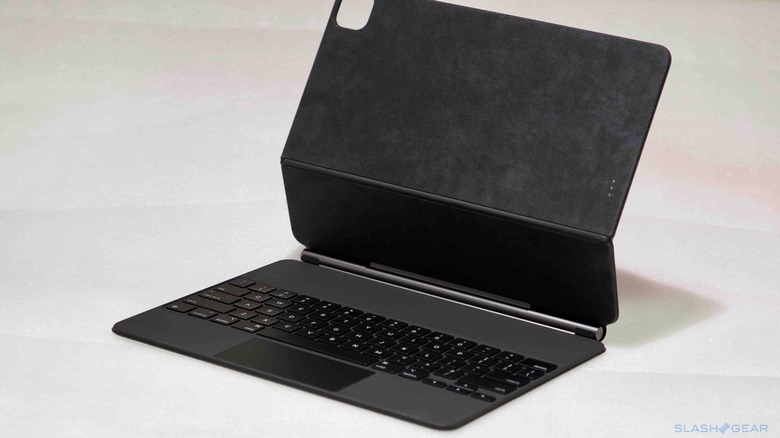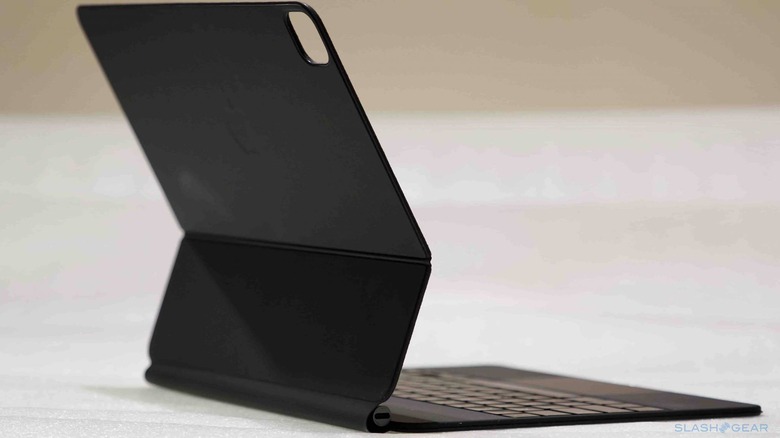5 Things We Already Want From Apple's Magic Keyboard 2 For iPad Pro
It's been several days and a whole lot of typing since Apple's Magic Keyboard for iPad Pro landed on my doorstep, and I'm already thinking about version 2. How can Apple make a great keyboard and trackpad even greater? Well, short of buying Brydge and building in the advantages of its Pro+ keyboard, I'd say there are five main things Apple could improve on. Here's what I'm hoping Apple changes for the next Magic Keyboard.
Hinges, the heart and soul of the Magic Keyboard
Imagine how much more versatile the Magic Keyboard would be, if it simply folded back just like the Smart Folio? Back in 2014, Lenovo unveiled an innovative hinge for the YOGA 3 Pro product line. The design was inspired by watch bands using a mixture of aluminum and stainless steel, consisting of 813 moving parts. I'm actually pretty shocked Apple didn't do something similar; after all, they're in the watch business these days.
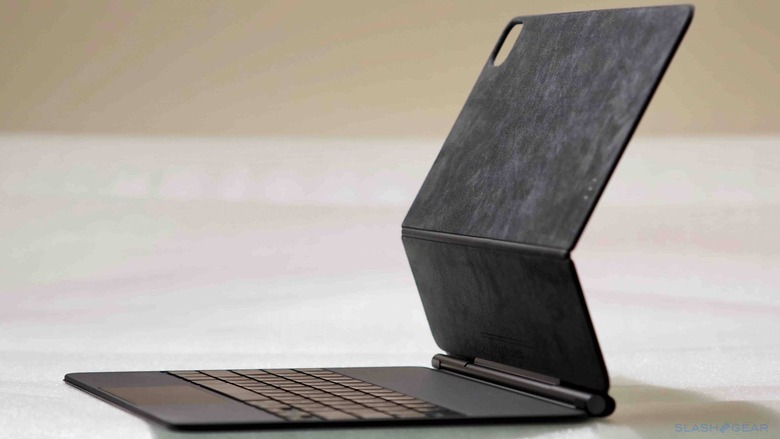
There are a few limitations with the current design which, though not a show-stopper, all the same are proving a little annoying and inconvenient. First, as I've outlined in my review, the bottom edge of the iPad is extremely close to the first two rows of keys. As a result, my fingers are constantly smacking up against it. While this might not seem like a big deal, it's definitely enough to disrupt your flow, and I suspect it'll take me a good while longer to train my fingers not to do it.
Secondly – and more of an inconvenience than an issue – I want flexibility. I want to be able to flip the Magic Keyboard back and turn it into a table tent to place on a surface in tight spaces. I'm particularly thinking of the drinks tray on the seat-back of an airplane. That takes up maybe 3 to 4 inches of space, versus the entire width and depth of the base of the keyboard. On the other hand, when I'm on the go, I want to be able to just use the Magic Keyboard with the iPad Pro attached. In the current form, that's impossible.
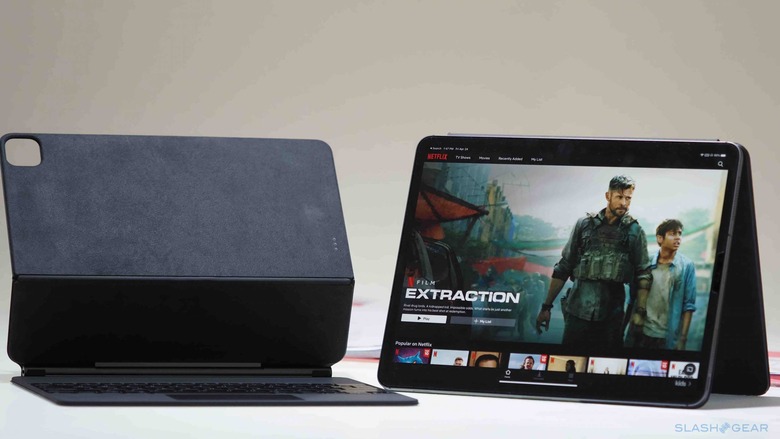
So how can Apple improve the hinges? By adopting the same watchband concept I outlined above. It's elegant, sturdy and it's the solution to the current limitations. Such a design would eliminate the need for the second hinge as well; in addition, it should solve the problem of how close the iPad is to the first two rows of keys because the iPad would, in fact, be pushed back to right where the hinges reside.
What about the magical floating design? I know you love it, because I love it too. Who's to say that still can't exist? It can, and I would hope that Apple retains it.
I need my function keys
Another benefit of that redesigned hinge? Moving the iPad further back – 2.5 inches away from the hinge, perhaps – would open up more than enough distance and space to add the much-needed row of function keys.
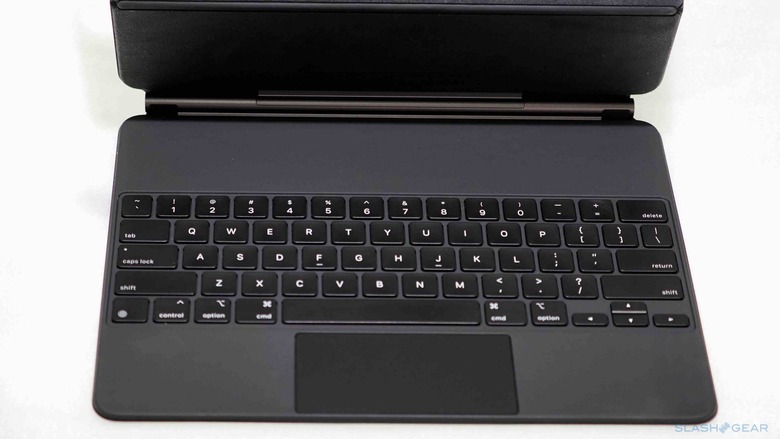
Honestly, I'm still struggling to comprehend a pro-accessory of any sort that lacks an ESC key. It's such an important part of the average workflow, whether that's exiting you out of full-screen videos or applications, or instantly stopping a process in its tracks. The current workaround is to go into the keyboard settings and modify one of the keys: in my case, I changed the Caps Lock key to work as an ESC key. It does the job, but there's no muscle-memory.
ESC isn't the only thing I'm missing. Keys such as media control, display brightness, a home button, and others are useful to have quickly at your fingertips, and they're things that third-party keyboards are offering while the Magic Keyboard does not. Trackpad gestures are great, but they can't replace everything.
A Lock or Latch system
I hope you had the chance to watch me violently shake the iPad Pro: there's no doubt Apple's magnets are crazy-strong, and do a stellar job holding the two parts together. Sadly, at the end of the day, they can still be detached easily if you or someone else accidentally bumps either of the bottom edges of the iPad Pro. Considering the high cost, this can be disastrous, especially when you're traveling with just the iPad Pro as your work device.
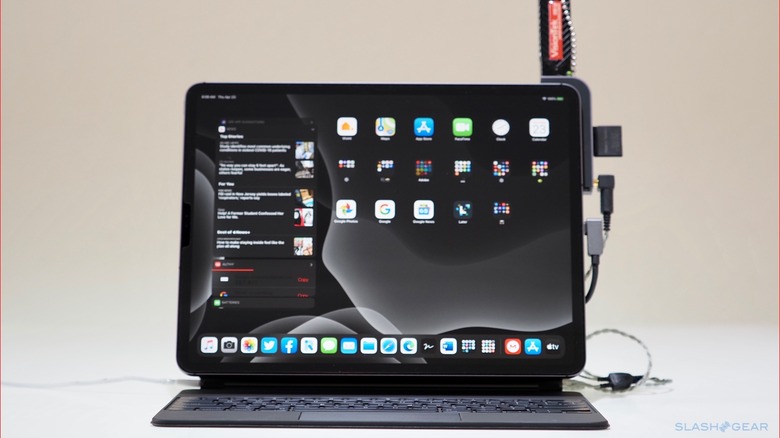
I've been toying around with a few ideas as to how Apple might be able to accomplish both having an easily removed tablet but one which also locks a little more reassuringly, but for the moment I'm coming up blank. Perhaps something like the quick-release latches Peak Design uses on its backpacks might work.
Somewhere safe and convenient for the Apple Pencil
I'm finding that the Apple Pencil is growing on me more and more every day. Whether it's taking notes, working on homework with the kids, or signing documents, Apple's stylus is proving neat and accurate. The double-duty of magnetically holding the pencil in place while also charging it is convenient, too.
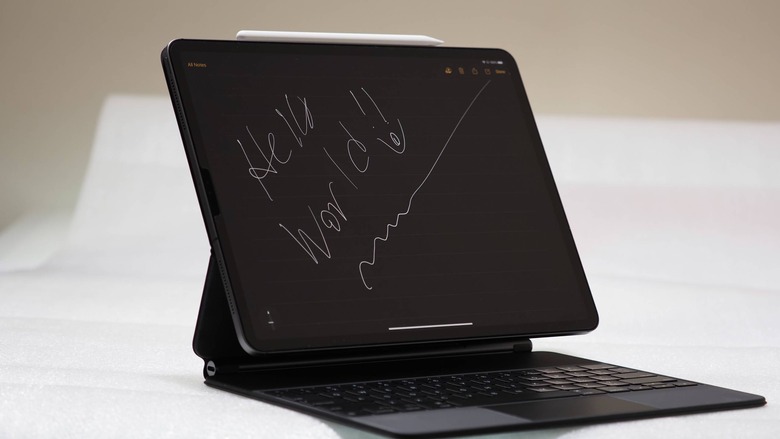
What isn't convenient is figuring out where to put it in transit. The magnets just aren't strong enough to prevent the Pencil from being knocked off when it's brushed against something. That might be okay were it some $20 accessory, but when a replacement will cost you $129 it feels a little more serious. I'd love a dedicated place on the Magic Keyboard to safely stow it.
Faster charging through the Smart Connector
The 12.9-inch iPad Pro's massive battery is more than welcome, but charging via the USB-C port on the Magic Keyboard is less impressive. In fact, it's painfully slow. The same charger plugged into the iPad's USB-C gives noticeably faster results than when you use the keyboard's pass-through charging port: starting with 47% battery left, for example, after roughly 90 minutes it had climbed to just 69%. On another test with the battery drained to 2%, it took precisely two-hours to charge up to 44%. This sluggish charge rate is just unacceptable because, at this rate, it's best to charge up the iPad Pro directly, that is unless you're using the USB-C port for a dongle attachment.
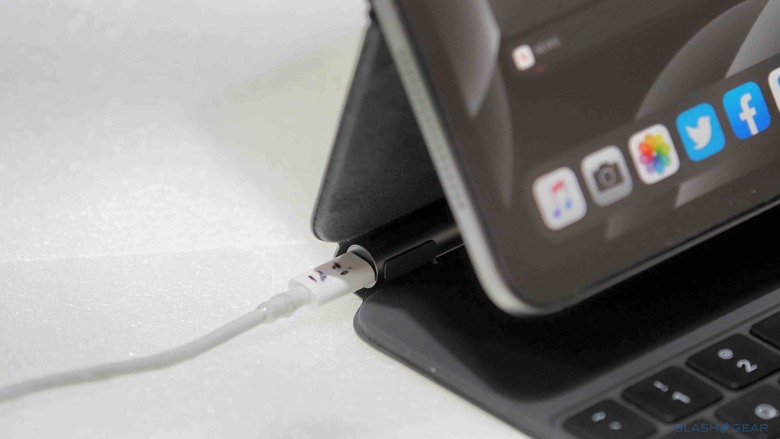
The reality is that it's not the Magic Keyboard that's the bottleneck, so much as it is the Smart Connector. That's the row of contacts near the tablet's edge, by which it connects to the keyboard. It's what allows for the quick-release magnetic attachment and, by supplying power from the tablet, means the Magic Keyboard doesn't need a battery of its own. Problem is, pass-through charging using it is seriously sluggish.
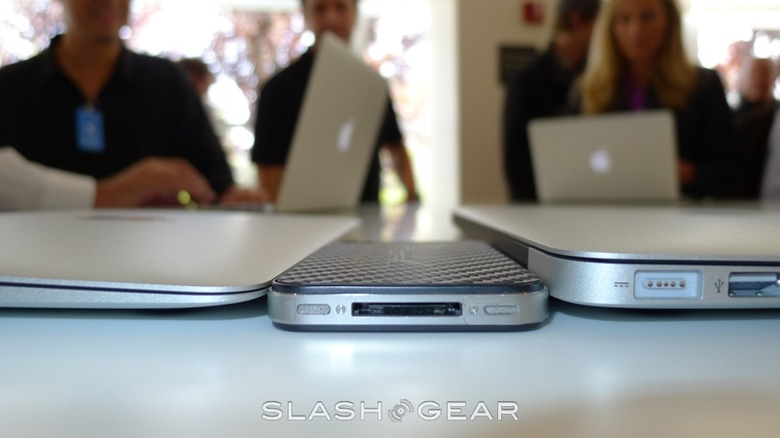
That's a shame, because it's a criticism we never leveled at the old MagSafe power connector Apple used to use on its notebooks. Actually, I think that's a missed opportunity on the Magic Keyboard, too. Since the USB-C port on the peripheral is only used for charging – it doesn't support data for accessories – why not have a magnetically-attached connector instead? I'm having horrible visions of being at Starbucks and someone tripping over the cable, especially when the only thing holding the iPad Pro to the keyboard are magnets.
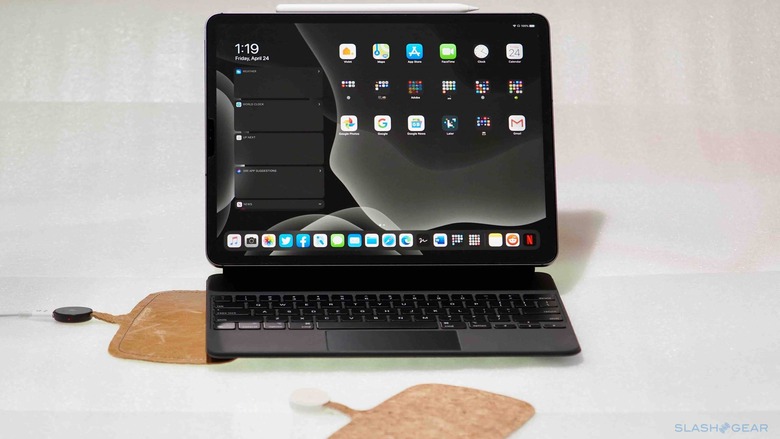
If we're being ambitious, in fact, why not wireless charging? Apple's attempts to make AirPower didn't exactly go to plan (though it's believed to be having a second attempt at the idea), but a large wireless charging pad being enough and powerful enough to keep your iPad Pro and Magic Keyboard charged up while you're working, and indeed your other Apple devices, would be welcome on my desk.
Refining on a great accessory
For all the room for improvement, there's a lot to like about the Magic Keyboard. I couldn't be happier with the typing experience, for example. The keys click and clack just the right amount; the travel for each is perfect. I'm a fan of how well Apple delivers on its key backlighting, too, with just the right amount for dark environments and very little light bleeding out of the edges.
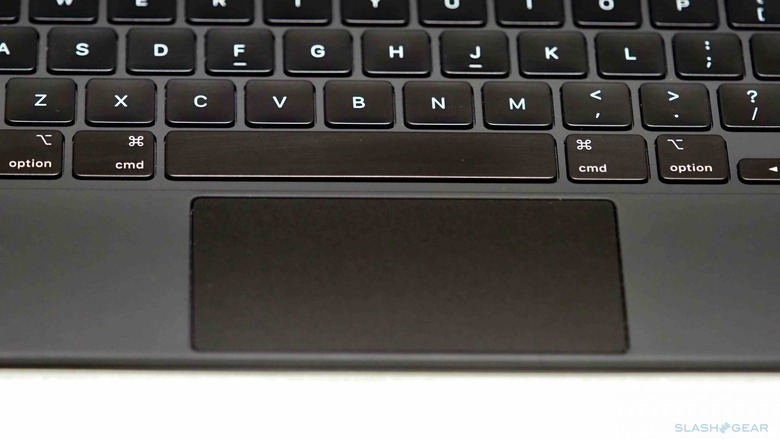
As for the trackpad, it works just as well as Apple's standalone Magic Trackpad 2: that alone costs $129 if you were to purchase it separately. There's little to zero lag, whether you're scrolling, or doing one, two, or three finger multi-touch gestures. If I had one small request, it would be for a slightly larger pad overall. Maybe, while Apple is freeing up all that space with the new hinge design I had in mind, it could spend half an inch or more on giving the Magic Keyboard 2 a bigger trackpad like the MacBook Pro the iPad Pro has replaced in my bag.
